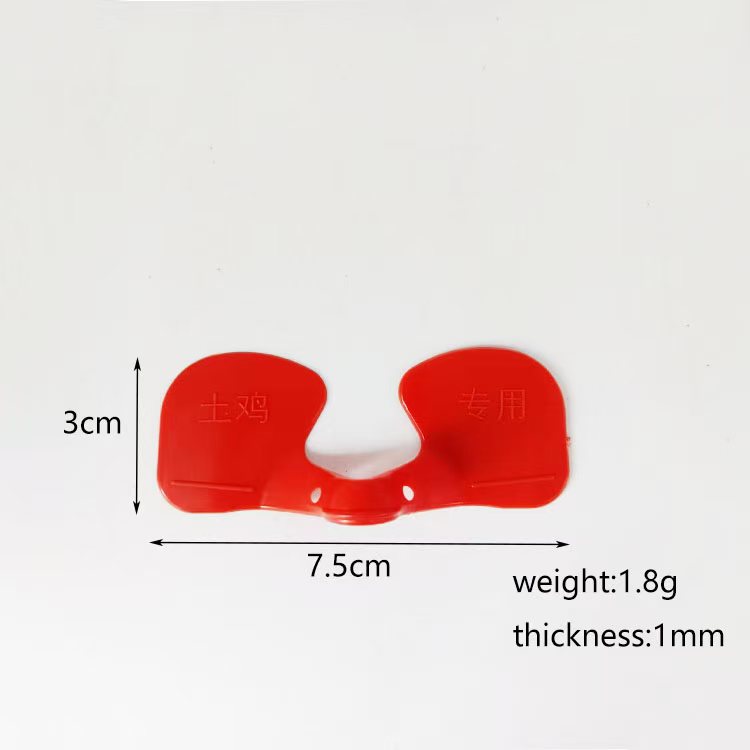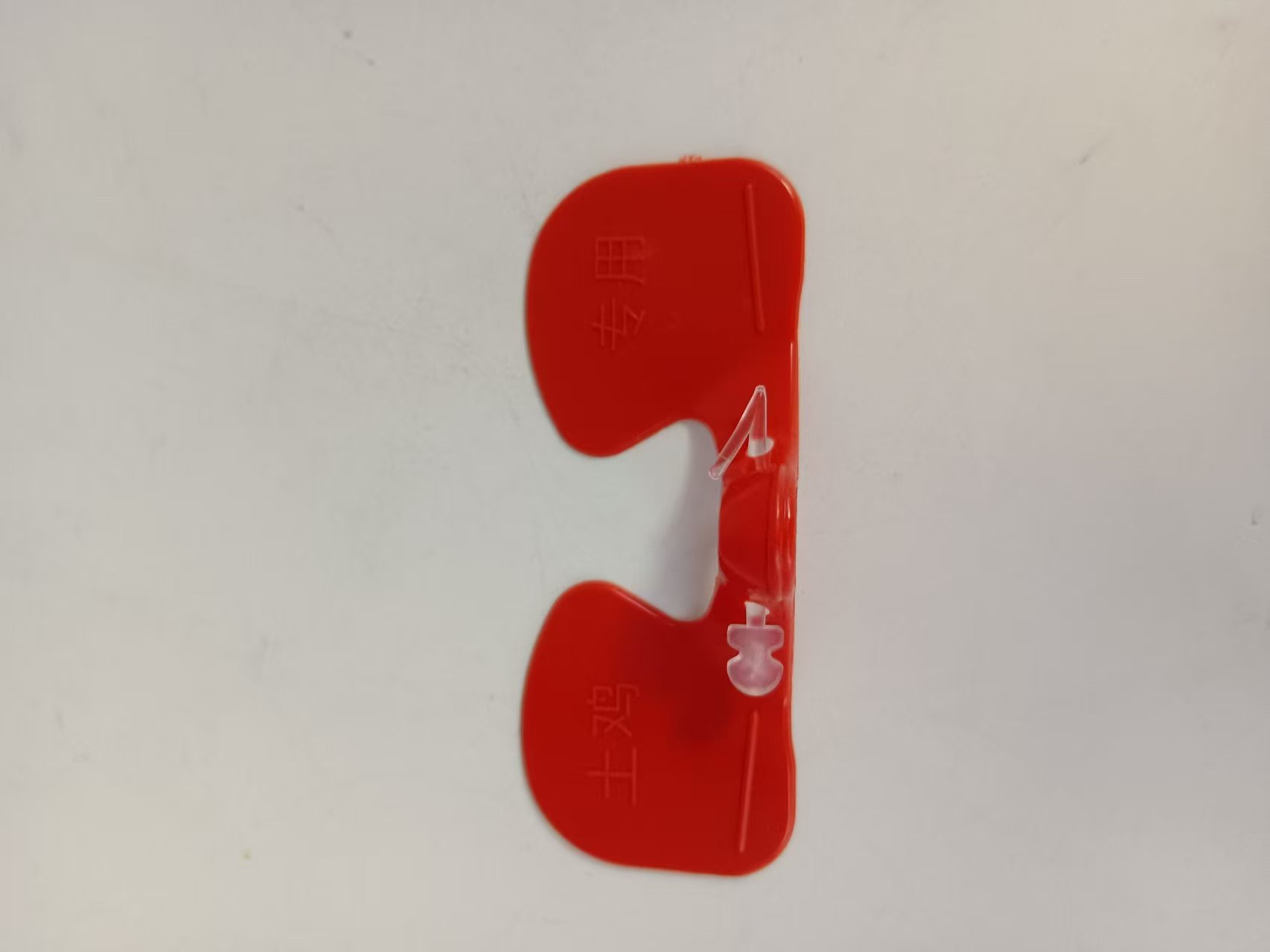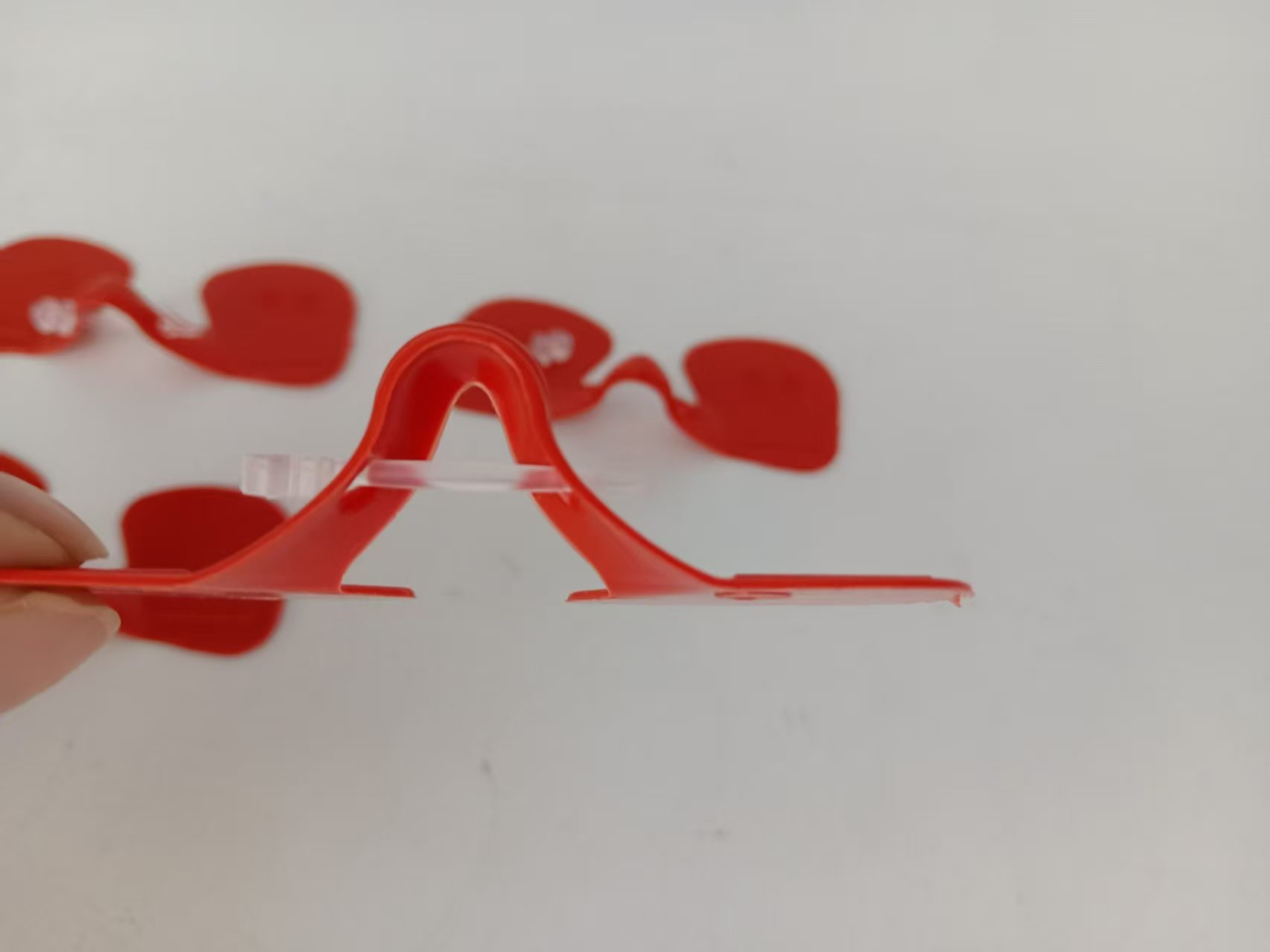




Poultry Blinders: A Vision-Restricting Tool for Chickens
Poultry blinders are specialized devices worn on a chicken's head to block direct forward vision, primarily used to prevent aggressive pecking behaviors. Below is a detailed overview:
I. Working Principle
By limiting a chicken's field of vision to downward and sideways angles, blinders effectively reduce aggressive interactions such as:
Fighting
Feather pecking
Vent pecking
Egg pecking
Toe pecking
This results in fewer injuries, lower mortality rates, and improved overall farming efficiency.
II. Suitable Poultry Types
Ideal for breeds prone to pecking, including:
Gamefowl, native chickens, grass chickens, partridge chickens, Sanhuang chickens, black-bone chickens
Local roosters
Peafowl
III. Types & Materials
A. By Structure
Pin-Type BlindersRequire piercing the chicken's nostrils with a toothpick or metal pin for attachment.
Pinless BlindersFeature a clip-on design that clamps onto the nostrils without piercing, causing zero harm and no bleeding.
B. By Material
Plastic Blinders: Low-cost, economical.
Silicone Blinders: Soft texture, hypoallergenic, minimizing skin irritation.
IV. Fitting Instructions
Pin-Type Blinders
Secure the chicken firmly.
Pierce the nostrils with a toothpick or metal pin.
Insert the right prong of the blinder into the pre-pierced hole, followed by the left prong.
Pinless Blinders
Use a specialized tool to spread the U-shaped bracket.
Align the bracket with the chicken's nostrils and clamp firmly.
V. Optimal Usage Time
Native Chickens (e.g., grass, Sanhuang): Fit after reaching 1 lb in weight.
Pheasants (Ring-necked Pheasants): Best fitted after 50 days.
Special Cases: For younger birds, conduct small-scale trials to determine ideal timing.
VI. Purchase Considerations
Anti-Entanglement DesignChoose models like dual-beam pinless blinders to minimize snagging on wires or equipment.
ReusabilitySelect durable, long-lasting materials for cost-effectiveness.
Universal CompatibilityMatch the blinder size to the chicken's breed, weight, and





